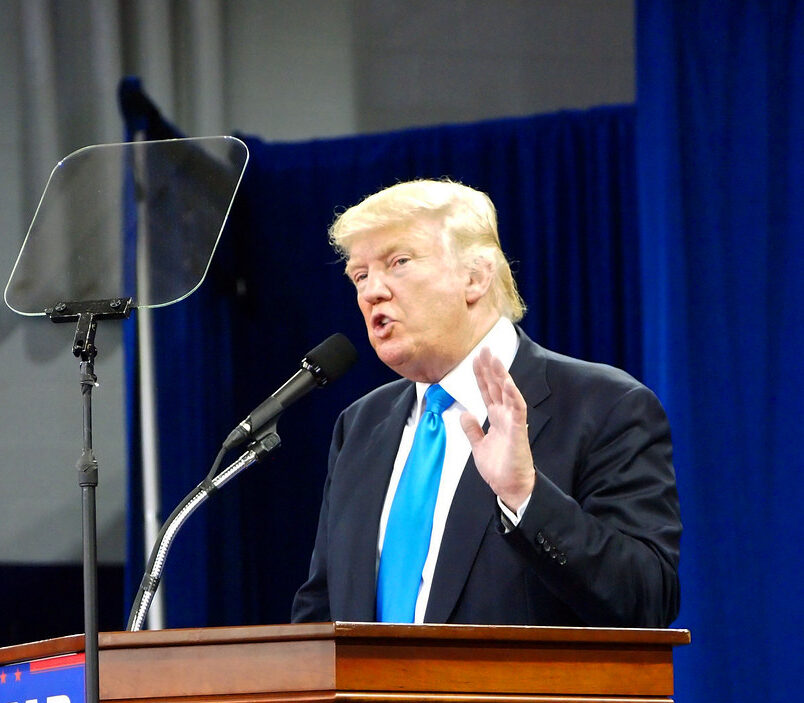Key Takeaways:
- The Ninth Circuit Court of Appeals ordered a full court review, blocking troops in Portland.
- The Justice Department admitted to using false crime data to justify the deployment.
- A district judge had banned the deployment. A three-judge panel then lifted that ban.
- The full court restored the original ban. This is a rare en banc action.
- Experts say this shows a strong judicial check on presidential power.
The Ninth Circuit Court of Appeals took a rare step to halt the deployment of federal troops to Portland. The court’s full bench, called an en banc panel, ordered the troops to stay home until the case is finished. This move overturns a three-judge panel decision that had allowed the deployment. It also restores a district judge’s ban on sending soldiers.
Why the Ninth Circuit Intervened
The court’s decision stunned many observers. Adam Klasfeld, editor-in-chief of All Rise News, called it “an extraordinary action.” He noted that the Justice Department admitted its crime statistics were false. In a brief letter, the department said its data on Portland’s crime rates were “bogus.” Courts rarely welcome misleading facts. As a result, the Ninth Circuit stepped in fast.
What Does En Banc Mean?
An en banc hearing means all active judges join the case, not just three. Courts use this format for very important issues. It lets the full bench correct major mistakes. In this situation, the full Ninth Circuit acted because it believed the earlier panel got it wrong.
Background of the Case
Earlier this month, President Trump sent federal troops to Portland. He claimed the city had become a “war zone.” Oregon’s governor and attorney general sued the administration. They argued the deployment violated constitutional rights. A district judge agreed and issued a temporary restraining order. That order barred troops from arresting or detaining protesters.
However, Trump’s Justice Department asked a three-judge panel to lift the ban. On October 20, that panel agreed. It said the president has power to protect federal property. So troops returned to Portland amid more protests.
The Justice Department’s Admission
Soon after, the department had to admit its main evidence was flawed. In a short letter to the Ninth Circuit, it said crime data for Portland was wrong. The statistics were the key reason given to justify the troop deployment. By admitting the error, the department hurt its own case. Courts do not look kindly on misleading information.
The full Ninth Circuit then paused the troop deployment. It restored the original restraining order. Now the troops must stand down while judges examine the issues more closely.
What Happens Next?
The full Ninth Circuit will hold hearings to review the case. Both sides will present arguments. Judges will ask tough questions about presidential power and public safety. They will also look at how the Justice Department used its facts.
Later, the court will issue a detailed ruling. That decision could last for months. If the full Ninth Circuit rules for Oregon, the restraining order will stay. If it sides with the administration, troops could return under new guidelines.
Either way, the case could end up at the Supreme Court. The high court may decide on limits to sending federal troops in domestic protests.
Impact and Reactions
Legal experts say this action shows how courts can check the president. It is rare for an entire appeals court to step in so quickly. Some worry it could delay vital federal responses. Others say it protects local rights and free speech.
Progressive voices praised the move. They view it as a win against what they call “federal overreach.” Conservative commentators criticized it. They argue the president needs strong tools to keep peace.
For now, protesters in Portland will remain free from federal detentions. City leaders can focus on local solutions. Meanwhile, the legal drama will continue in the Ninth Circuit.
What Does This Mean for You?
If you follow national news, this case shows how our courts work. It also highlights the balance between security and civil rights. The outcome will affect future protests and federal actions. It could set new rules on when troops can step into American streets.
Moving forward, watch for updates from the Ninth Circuit. Its full ruling will shape the debate on executive power and public safety for years to come.
Frequently Asked Questions
How did the Ninth Circuit Court of Appeals intervene so fast?
The full Ninth Circuit acted quickly after learning the Justice Department used flawed crime data. Judges felt the earlier panel’s decision was guiding the case in the wrong direction. They restored the district court’s restraining order to keep troops out until they review all arguments.
What does an en banc hearing involve?
An en banc hearing gathers all active judges on the appeals court instead of a smaller group. This format handles major or complex legal issues. It lets the full bench correct decisions it views as seriously mistaken.
Why did Oregon sue the Trump administration?
Oregon’s leaders argued that deploying federal troops violated constitutional rights. They claimed the troops used force and made arrests without local approval. The state sought to protect free speech and public safety.
What could happen next in this legal fight?
The Ninth Circuit will hold full hearings, then issue a detailed ruling. Either side could appeal to the Supreme Court. The final outcome will set new limits on using federal troops at protests.

